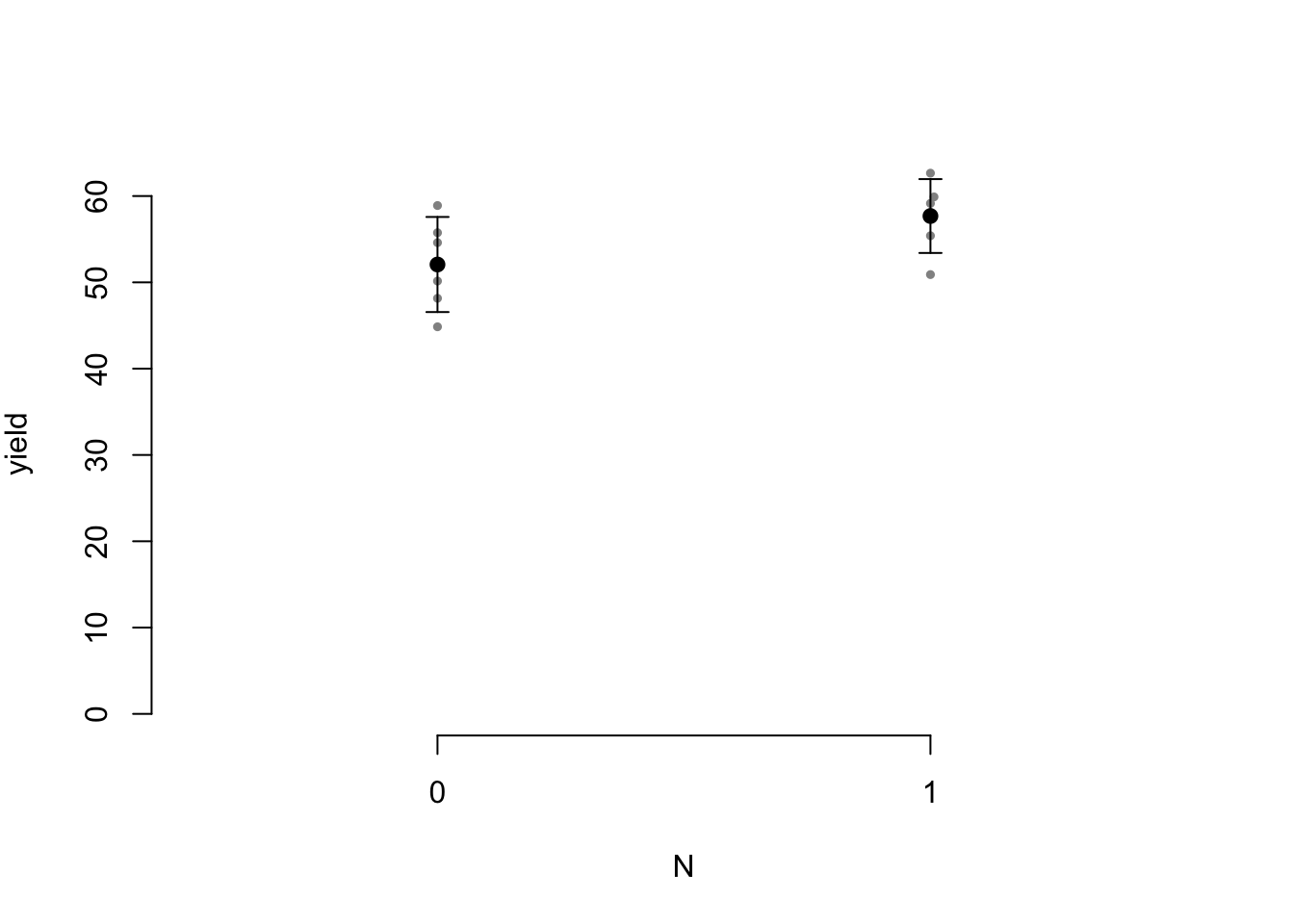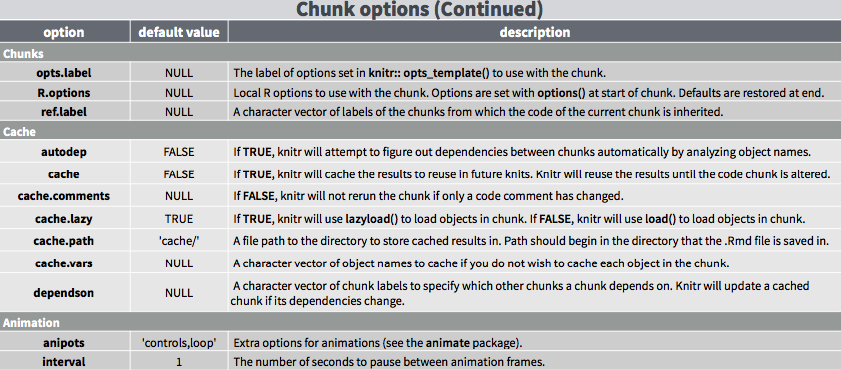

output: ioslides_presentation will create an ioslides (HTML5) slideshow.You can also use the output: value to render your document as a slideshow. If you use the RStudio IDE knit button to render your file, the selection you make in the gui will override the output: setting. word_document, which will create Word output.
RMARKDOWN REFERENCE PDF
pdf_document, which will create PDF output.


The output: value determines what type of output to convert the file into when you call rmarkdown::render(). A YAML header is a section of key: value pairs surrounded by - marks, like below - title : "Untitled" author : "Garrett" date : "July 10, 2014" output : html_document - Some inline R code, `r 2 + 2`. You can use a YAML header to control how rmarkdown renders your. For example, the snippet above will appear like this: The result will appear as if it were part of the original text.
RMARKDOWN REFERENCE CODE
Knitr will replace the inline code with its result in your final document (inline code is always replaced by its result). To embed R code in a line of text, surround the code with a pair of backticks and the letter r, like this. You can learn more about formatting the output of code chunks at the rmarkdown and knitr websites. This will place a copy of the results into your report.Įcho = FALSE is very handy for adding plots to a report, since you usually do not want to see the code that generates the plot.Įcho and eval are not the only arguments that you can use to customize code chunks. To omit the code from the final report (while including the results) add the argument echo = FALSE. This will place a copy of your code into the report. To omit the results from your final report (and not run the code) add the argument eval = FALSE inside the brackets and after r. knitr will provide formatting and syntax highlighting to both the code and its results (where appropriate).Īs a result, the markdown snippet above will look like this when rendered (to HTML). When you render your document, knitr will run the code and append the results to the code chunk. You can embed an R code chunk like this : `` ` dim ( iris ) `` ` When you click the ** Knit ** button a document will be generated that includes both content as well as the output of any embedded R code chunks within the document.
RMARKDOWN REFERENCE HOW TO
For more details on how to use R Markdown, see. Markdown is a simple formatting syntax which allows you to author HTML, PDF, and MS Word documents. title : R Markdown output : html_document - This is an R Markdown document. An R Markdown document is written in markdown (an easy-to-write plain text format) and contains chunks of embedded R code, like the document below. R Markdown is a file format for making dynamic documents with R. The companion article, Introduction to interactive documents, will show you how to turn an R Markdown report into an interactive document with Shiny components. This article will show you how to write an R Markdown report. You write the report in markdown, and then launch it as an app with the click of a button. An interactive document is an R Markdown file that contains Shiny widgets and outputs. Interactive documents are a new way to build Shiny apps.


 0 kommentar(er)
0 kommentar(er)
